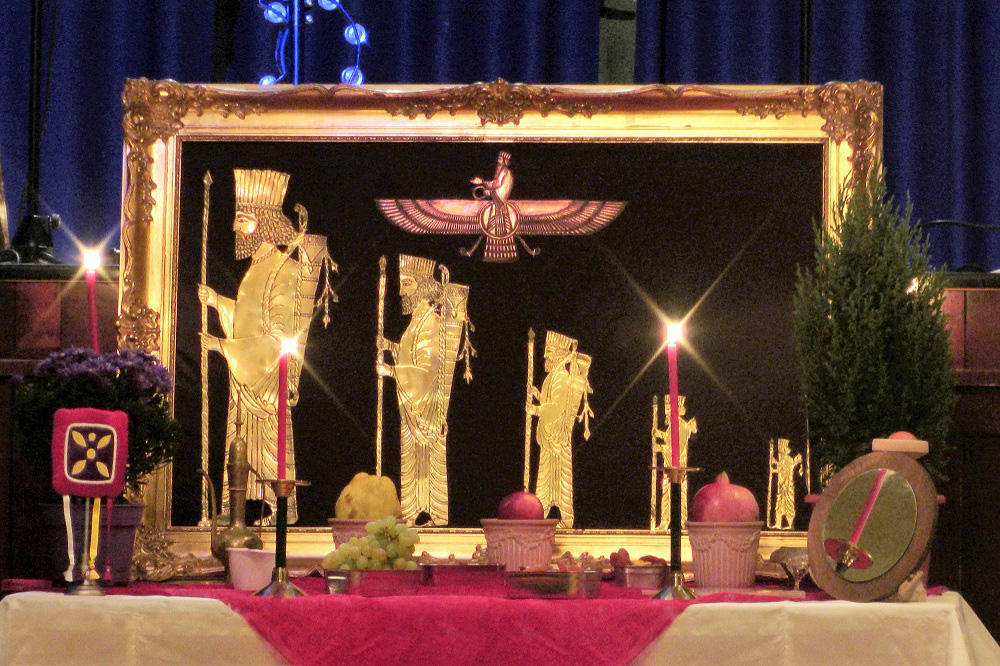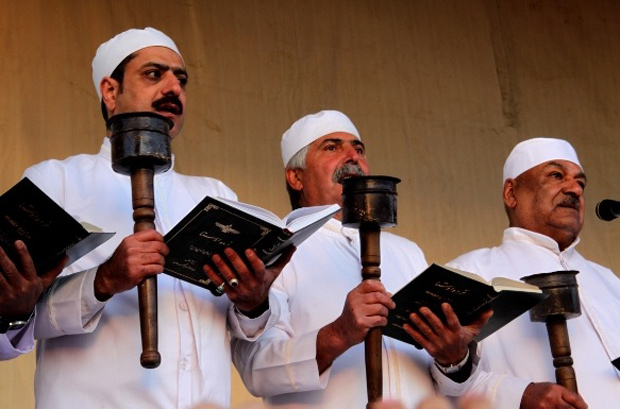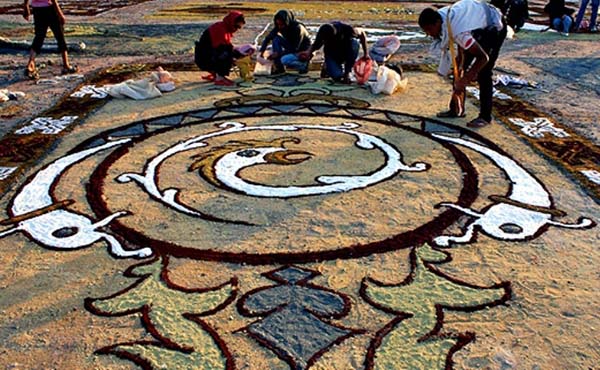Mehregan is one of the two most ancient Iranian festivals known, dating back at least as far as the earliest Aryans (Iranians).
The word “Mehr” (in Mehregan) in the Persian language means kindness. Mehr represents knowledge, love, light, and friendship.
Mehregan is an Iranian festival celebrated in honor of Mithra, the divinity of covenant, and hence of interpersonal relationships such as friendship, affection, and love.
The festival falls on the 196th day of the Iranian year (10th Mehr. 2nd Oct.).

According to The Wiley-Blackwell Companion to Zoroastrianism (2015), it was originally a feast honoring the Zoroastrian yazata Mithra. By the 4th century BCE, it was observed as one of the name-day feasts, a form it retains in today. Still, in a predominantly Muslim Iran, it is one of the two pre-Islamic festivals that continue to be celebrated by the public at large: Mehrgān, dedicated to Mithra (modern Mehr), and Tirgan, dedicated to Tishtrya (modern Tir).
Name-day feasts are festivals celebrated on the day of the year when the day-name and month-name dedicated to a particular angel or virtue intersect. The Mehr day in the Mehr month corresponded to the day farmers harvested their crops. They thus also celebrated the fact God had given them food to survive the coming cold months.
Irrespective of which calendar is observed, Mehrgān falls on the 196th day of the calendar year. For details on how this date is calculated, see basis for the date, below. For calendars that have March 21 as Nowruz or New Year’s Day (i.e. in the Fasili and Bastani variants of the Zoroastrian calendar as well as in the Iranian civil calendar), Mehrgān falls on October 2. For the Shahanshahi variant of the Zoroastrian calendar, which in 2006–2007 has New Year’s Day on August 20, Mehrgān fell on March 3 of the following Gregorian year. For the Kadmi variant, which has New Year’s Day 30 days earlier, Mehrgān falls on February 1.

In al-Biruni’s eleventh-century Book of Instructions in the Elements of the Art of Astrology (233), the astronomer observed that “some people have given the preference to Mihragān [over Nowruz, i.e. New Year’s day/Spring Equinox] by as much as they prefer autumn to spring.
As Biruni also does for the other festival days he mentions, he reiterates a local anecdotal association for his description of Mehrgan (ha al-mirjan in the author’s Arabic parlance) with a fragment of a tale from Iranian folklore: On this day, Fereydun vanquished the evil Zahhak and confined him to Mount Damavand. This fragment of the legend is part of a greater cycle that ties Mehrgan with Nowruz; Dahak vanquished Jamshid (who the legends have as the one establishing Nowruz or New Year’s Day), and Fereydun vanquishes Dahak, so restoring the balance. The association of Mehrgan with the polarity of spring/autumn, sowing/harvest and the birth/rebirth cycle did not escape Biruni either, for as he noted, “they consider Mihragān as a sign of resurrection and the end of the world, because at Mihragān that which grows reaches perfection.
Sources:
https://en.wikipedia.org/wiki/Mehregan http://www.iranreview.org/content/Documents/Mehregan_Thanksgiving_Festival.htm https://blog.hoozas.com/تجربه-نگاری/جشن-مهرگان/





